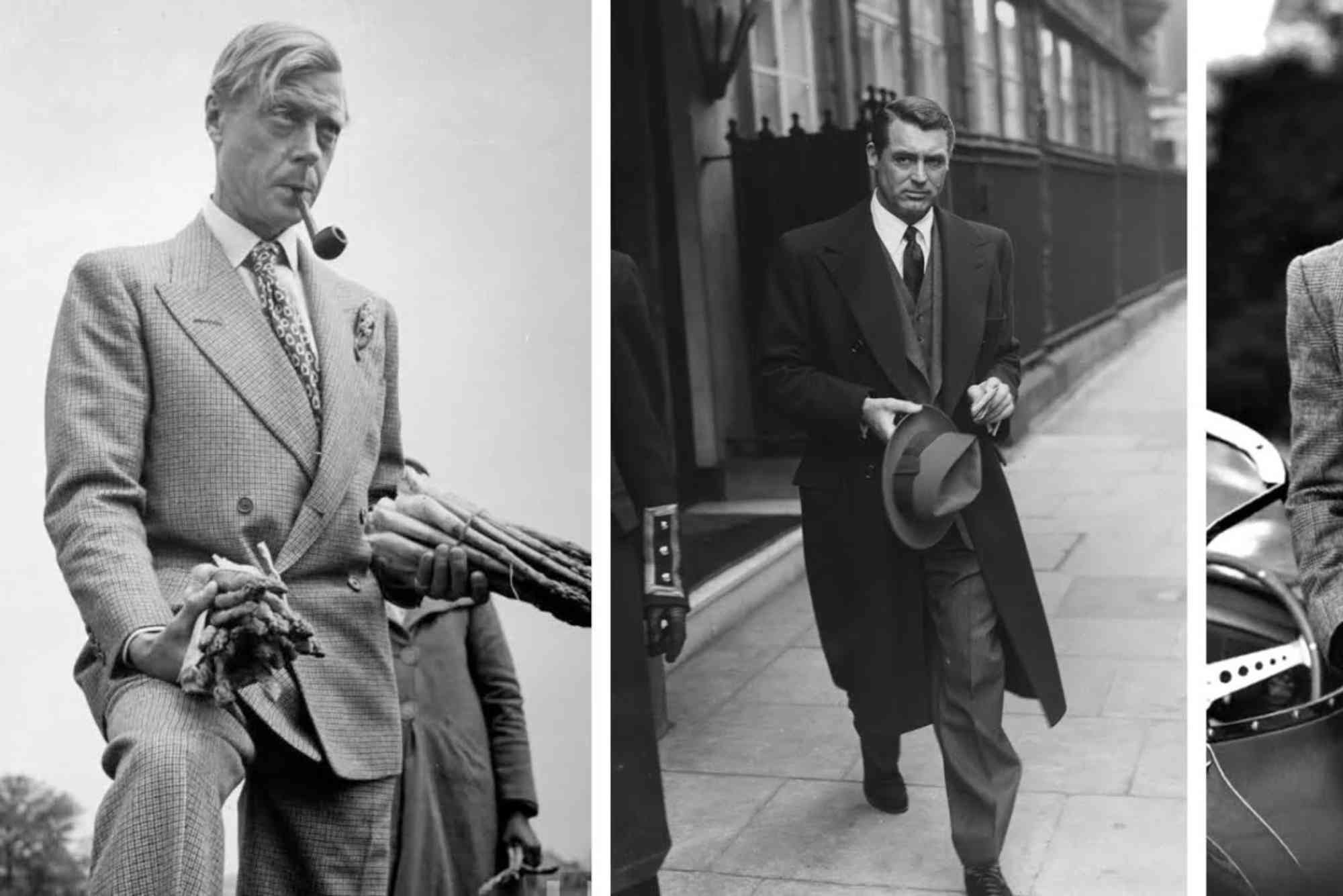1950s Male Fashion Icons and Everyday Looks
The 1950s was a transformative decade for men’s style, blending post-war optimism with evolving cultural trends. From Hollywood stars to everyday gentlemen, 1950s male fashion captured a sense of sophistication, rebellion, and practicality. This article dives deep into the iconic figures who influenced the era and explores the daily looks that defined men’s wardrobes during this classic period.
Introduction to 1950s Male Fashion
The post-World War II era sparked significant changes in men’s clothing. With the economy booming and new cultural movements emerging, men’s fashion in the 1950s balanced traditional formality with a growing desire for self-expression. This decade is famous for its sharp suits, casual wear innovations, and the birth of rebellious subcultures like the greasers.
Understanding 1950s male fashion is about appreciating how clothing reflected broader social shifts—from conservative elegance to youthful defiance. The following sections will highlight key fashion icons and the typical styles men wore every day during this remarkable era.
Iconic Figures Shaping 1950s Male Fashion
Hollywood Legends and Their Influence
Hollywood was the epicenter of style inspiration in the 1950s. Actors like James Dean, Marlon Brando, and Cary Grant didn’t just entertain; they set fashion trends.
James Dean became synonymous with youthful rebellion, popularizing the leather jacket, white T-shirt, and jeans combo. His look epitomized casual cool and was embraced by younger generations seeking to break from convention.
Marlon Brando also contributed to this rebellious image, especially with his portrayal in The Wild One, where his biker jacket and rugged style made a lasting impact on men’s fashion.
On the other hand, Cary Grant represented the polished, sophisticated man. His tailored suits, crisp ties, and polished shoes epitomized the classic gentleman’s style, which many aspired to emulate in professional and social settings.
Musicians and Their Signature Styles
Elvis Presley, the King of Rock and Roll, revolutionized men’s fashion with his flamboyant stage outfits and slicked-back hair. He combined elements of rebellion with charisma, popularizing styles like the cuffed jeans, colorful shirts, and leather jackets.
Other musicians, such as Frank Sinatra, maintained the elegant side of 1950s male fashion, often seen in tailored suits with skinny ties and polished shoes. His style blended traditional menswear with a modern twist.
Everyday Looks in 1950s Male Fashion
Casual Wear: The Rise of Relaxed Style
During the 1950s, casual menswear gained popularity. The relaxed style included the now-iconic crew neck sweaters, polo shirts, and cardigan sweaters. Men often paired these with cuffed jeans or chinos, emphasizing comfort without sacrificing style.
The introduction of denim jeans as everyday wear was a major shift. Previously considered workwear, jeans became a symbol of youth culture, especially when styled with white T-shirts or plaid shirts.
Workwear and Business Attire
Business attire in the 1950s remained conservative but refined. Men typically wore single-breasted suits with narrow lapels, white or pastel-colored dress shirts, and thin ties. Gray, navy, and brown were dominant suit colors.
Hats, particularly fedoras and trilbies, were a staple accessory for many men. Polished leather shoes and pocket squares completed the look, giving men an air of professionalism and respectability.
Outerwear and Accessories
Overcoats were essential for colder months, with styles like the Chesterfield coat becoming popular for their clean lines and versatility.
Accessories played a crucial role in completing the 1950s male look. Watches were generally understated, and sunglasses like the Wayfarer gained popularity. Scarves, belts, and cufflinks were also carefully chosen to complement outfits.
The Cultural Impact of 1950s Male Fashion
Fashion in the 1950s was more than just clothing—it was a reflection of identity and social change. The decade’s styles communicated everything from class and occupation to rebellion and youth culture.
For example, the “greasers” used fashion to challenge societal norms, while the more traditional suits symbolized stability in a time of rapid change. This duality made the 1950s a unique period where menswear embraced both conformity and individuality.
Embracing 1950s Male Fashion Today
The enduring appeal of 1950s male fashion lies in its balance of timeless elegance and rebellious spirit. Whether inspired by iconic Hollywood stars or classic everyday looks, this era offers a rich palette for men seeking style with character.
If you want to add a vintage flair or simply understand the roots of modern menswear, exploring 1950s styles is a great place to start. Embrace the crisp suits, the casual denim, and the confident attitude that defined a generation.
Ready to dive deeper into classic menswear? Explore vintage shops, watch classic films, and experiment with 1950s-inspired outfits to find your own style voice.
Frequently Asked Questions (FAQs)
What defined 1950s male fashion?
1950s male fashion was defined by a mix of sharp tailored suits, casual denim and leather jackets, and the rise of youth subcultures like the greasers. It balanced formality with emerging casual wear trends.
Who were the biggest male fashion icons of the 1950s?
James Dean, Marlon Brando, Cary Grant, and Elvis Presley were some of the biggest male fashion icons. Each brought a unique style that influenced men’s clothing choices during the decade.
How did everyday men dress in the 1950s?
Everyday men typically wore tailored suits for business and more relaxed clothing like cardigans, polo shirts, and jeans during leisure time. Accessories like hats and polished shoes completed their look.
Did 1950s fashion influence modern men’s style?
Absolutely. Many modern menswear staples, like denim jeans, leather jackets, and slim suits, have roots in 1950s fashion. The era’s mix of casual and formal styles still inspires designers today.



